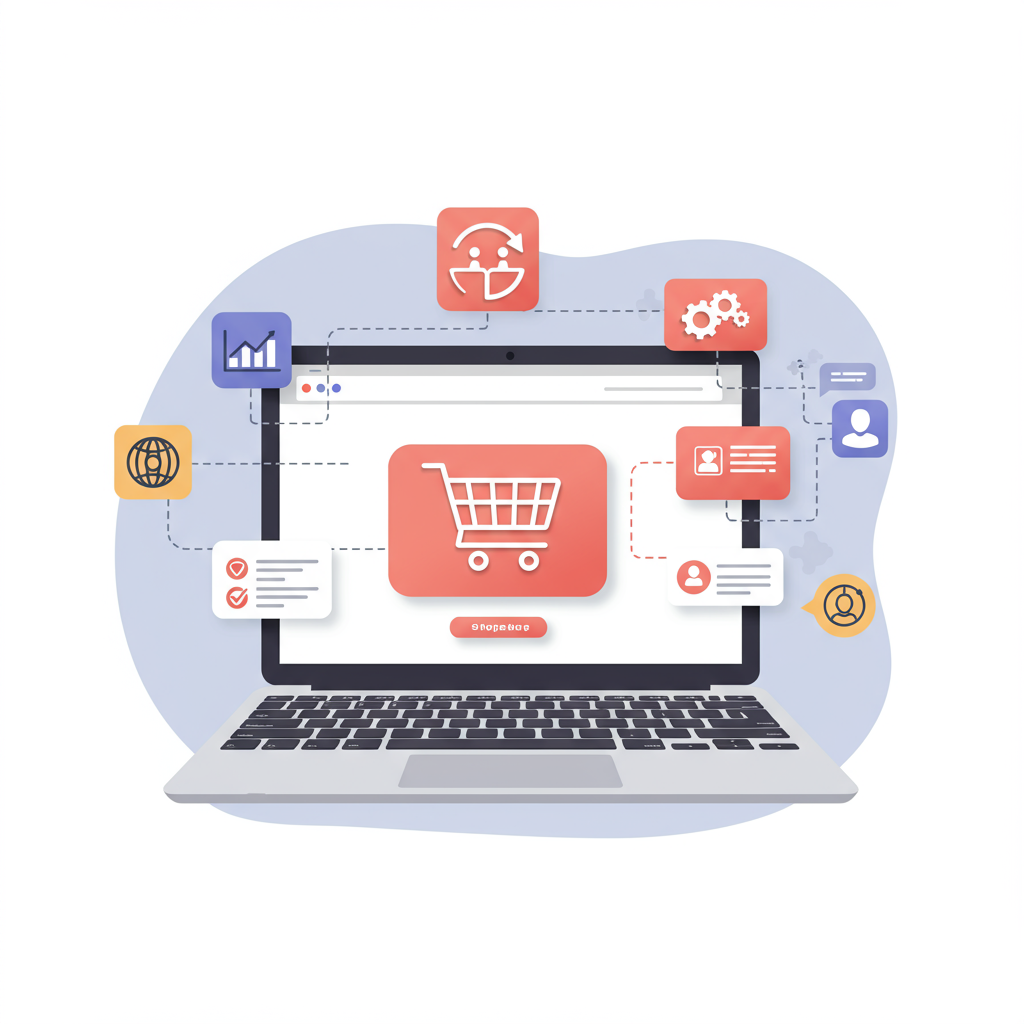Navigate the early stages of e-commerce with proven strategies to attract customers, boost sales, and build a lasting brand.
Hello fellow entrepreneurs! Starting a new online store can feel like launching a rocket into space – exciting, but also incredibly daunting.
Especially when you’re just beginning your journey on Shopify, the sheer volume of information and competition can be overwhelming.
But don’t worry, I’m here to share some actionable growth hacks that I’ve seen work wonders for new sellers, helping them not just survive, but thrive.
My goal is to equip you with practical strategies that don’t require a massive budget, focusing instead on smart, efficient growth.
First and foremost, let’s talk about your niche. I cannot stress enough how vital it is to define your target audience and the specific problem your product solves.
Trying to sell to everyone means selling to no one. A well-defined niche allows you to tailor your marketing, product descriptions, and even your store’s aesthetic.
Once your niche is clear, focus on optimizing your Shopify store’s user experience. I’ve found that a clean, intuitive design is paramount.
Ensure your site is mobile-responsive – a huge percentage of online shopping happens on phones, and a clunky mobile experience will drive customers away.
High-quality product photography is another non-negotiable. I always advise new sellers to invest time (or a little money) in professional-looking images that showcase their products beautifully.
Clear, concise, and benefit-driven product descriptions are equally important. Don’t just list features; explain how your product improves the customer’s life.
Next, let’s dive into the world of Search Engine Optimization (SEO). Even as a new seller, you can start laying the groundwork for organic traffic.
I recommend using tools to find relevant keywords that your target audience is searching for. Integrate these naturally into your product titles, descriptions, and blog posts.
Speaking of blog posts, content marketing is a powerful, low-cost growth hack. I encourage you to create valuable content that addresses your audience’s pain points or interests.
This positions you as an authority and provides more opportunities for your store to be discovered through search engines.
Email marketing is another goldmine. I always tell new sellers to start building their email list from day one, even if it’s just a simple pop-up offering a discount for signing up.
Set up automated welcome sequences, abandoned cart reminders, and post-purchase follow-ups. These are highly effective for converting browsers into buyers and encouraging repeat purchases.
Social media, when used strategically, can be incredibly powerful. I suggest focusing on one or two platforms where your target audience is most active.
Consistency is key here. Share engaging content, interact with your followers, and don’t be afraid to show the human side of your brand.
Leveraging Shopify apps can significantly boost your store’s functionality and marketing efforts. I’ve seen apps for customer reviews, loyalty programs, and upsells make a huge difference.
Choose apps that solve a specific problem or enhance a particular aspect of your business, but don’t overload your store with too many.
Excellent customer service is not just a hack; it’s the foundation of a successful business. I believe that going above and beyond for your customers builds trust and encourages word-of-mouth referrals.
Respond promptly to inquiries, handle issues gracefully, and always aim to exceed expectations.
Consider implementing a simple referral program. I’ve found that offering a small incentive to existing customers for bringing in new ones can be incredibly effective and cost-efficient.
Don’t forget the power of user-generated content (UGC). Encourage customers to share photos or videos of your products in use.
This provides authentic social proof and can be incredibly persuasive for potential buyers. I often see brands re-sharing UGC on their social channels and product pages.
What do you think about these strategies so far? I’d love to hear your thoughts and any challenges you’re currently facing.
Finally, remember that growth takes time and persistence. I’ve learned that not every strategy will yield immediate results, and that’s perfectly normal.
Continuously analyze your Shopify analytics, identify what’s working and what isn’t, and be prepared to iterate and adapt.
By focusing on these foundational growth hacks, you’ll be well on your way to building a thriving Shopify store. I wish you the very best on your entrepreneurial journey!






